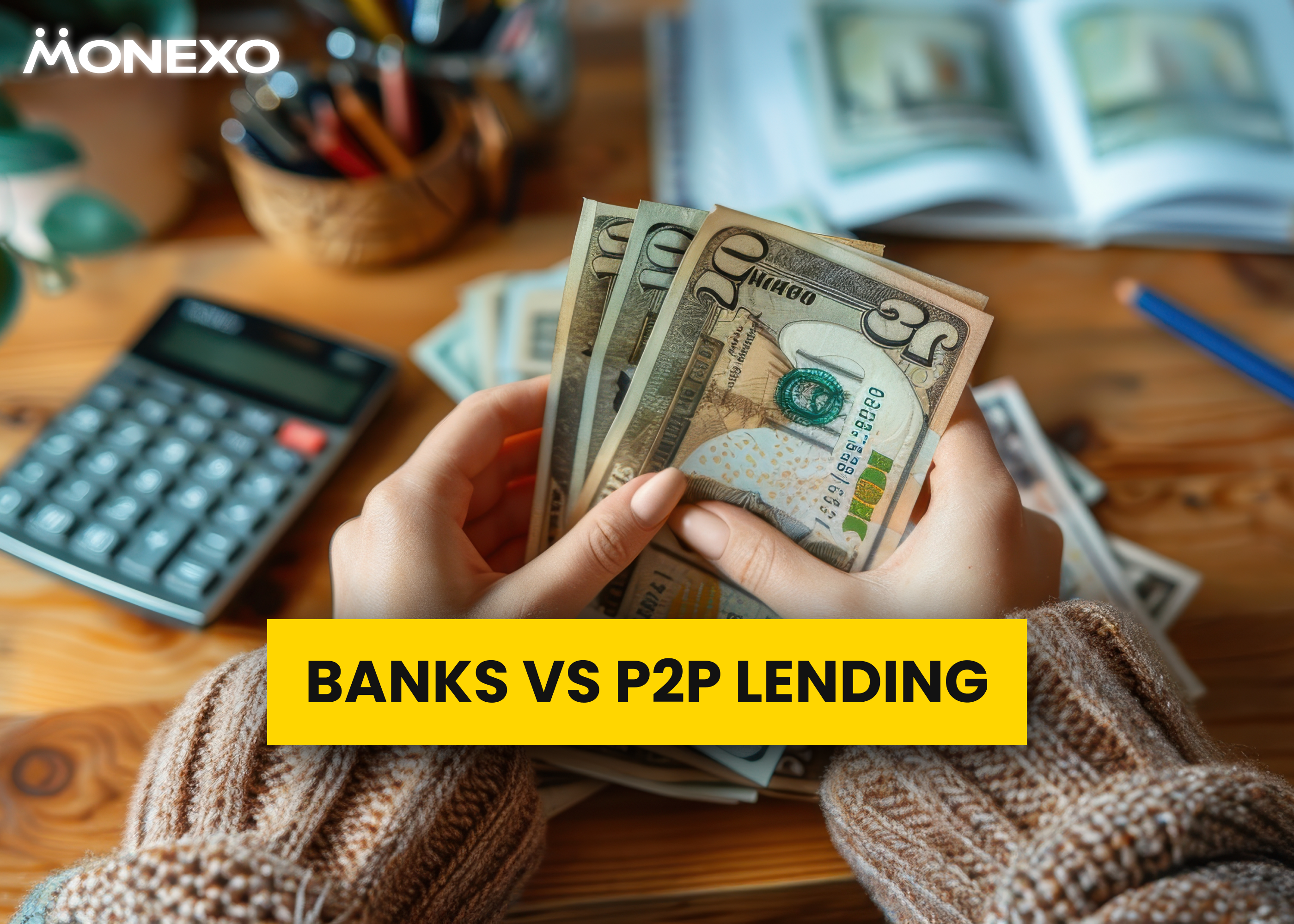In today’s digital age, financial services are evolving to meet the diverse needs of consumers and businesses alike. Among the most notable developments in recent years is the rise of Peer-to-Peer (P2P) lending platforms.
Emerging as a formidable alternative to traditional banking, P2P lending has garnered considerable attention for its innovative approach to borrowing and lending. However, as individuals consider their financial options, it is essential to weigh the distinct characteristics, advantages, and potential drawbacks of both P2P lending and traditional banking before arriving at a decision that aligns with their unique circumstances.
Understanding P2P Lending
P2P lending platforms like Monexo directly connect borrowers with individual lenders, often bypassing the intermediary role traditionally played by banks. Borrowers typically submit loan requests through online platforms, detailing the purpose of the loan along with their creditworthiness.
In turn, lenders can review these requests and choose to fund loans based on their preferences. This model offers several benefits: streamlined processes, often lower interest rates, and increased access to funds for those who may be underserved by conventional banking institutions.
Moreover, the advantages of P2P lending platforms frequently leverage technology to assess credit risk, allowing for faster approvals and disbursals compared to traditional banks. Borrowers may appreciate the flexibility in loan amounts and terms, with many platforms catering to personal loans, business financing, and even student loans.
Traditional Banking:
The foundation of financial transactions used to be traditional banking organizations. They provide a number of services with set procedures and regulatory control, such as credit cards, mortgages, and personal loans. The variety of financial products that traditional banks provide, along with the availability of physical locations that give individualized service, is one of their main advantages.
Borrowing from a traditional bank usually involves a lengthy application process, including extensive credit evaluations that could lead to greater acceptance rates for borrowers with strong credit histories. Furthermore, well-known institutions like Monexo typically offer a degree of stability and customer protection that P2P networks might not be able to deliver.
However, the conventional banking model is sometimes criticized for being difficult, with lengthy application procedures and unfavorable interest rates. Banks might not meet the expectations of borrowers who want flexibility and quick access to finances.
Comparative Analysis
When considering P2P lending vs traditional banking, several factors warrant attention:
1. Interest Rates and Fees: Because P2P lending platforms frequently have reduced overhead expenses, their interest rates may be more competitive. However, service fees, would raise the total cost of borrowing. Conventional banks might have higher interest rates, especially for people with poorer credit ratings, but they might also offer more consistency in terms of fees and levies.
2. Approval Process: P2P lending is often lauded for its efficient online application process and rapid approval times. Traditional banks, however, may require more documentation and can take longer to process loans due to stringent credit assessments.
3. Flexibility and Personalization: P2P platforms often allow for more personalized lending experiences, giving borrowers the ability to state their needs and circumstances. Traditional banks may offer less flexibility in loan structuring but provide standardized products that are widely understood and documented.
Comparing returns:
| FD (5%) | Monexo (up to 13%) |
| Invested amount ₹100000 | Invested amount ₹100000 |
| After 10 years | |
| ₹1,64,700 | ₹3,64,373 |
Conclusion:
Ultimately, the choice between P2P lending and traditional banking hinges on individual financial circumstances, risk tolerance, and specific needs. P2P lending may be well-suited for those seeking alternative financing options with quicker access to funds, while traditional banks might appeal to individuals desiring stability and comprehensive services. P2P lending with Monexo, start your investing adventure, and take advantage of the possibility of greater returns. It’s a compelling alternative to fd (fixed deposits) because of its user-friendly platform and customized risk diversification.




